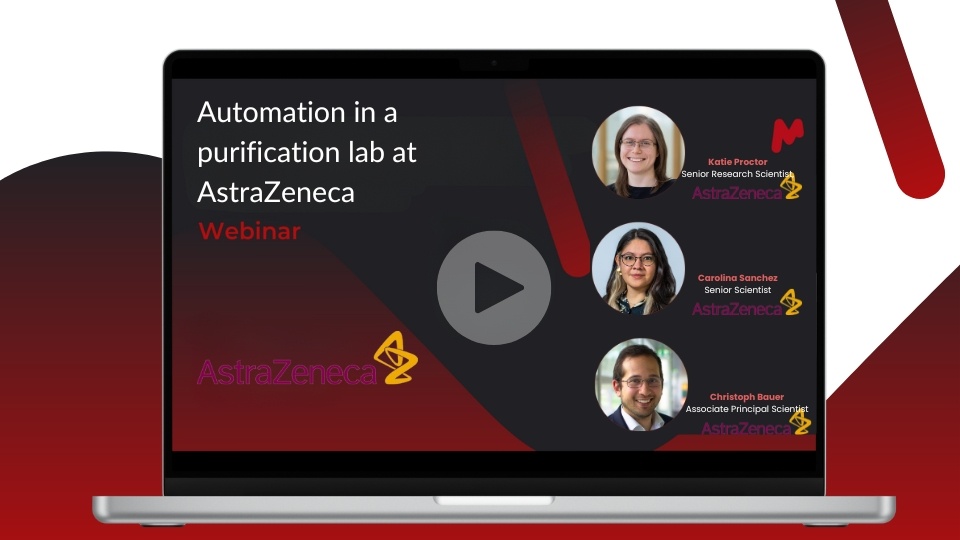The Rise of the Robots
Robotics are everywhere and have even infiltrated the world of chemistry!
Robotics automation is rapidly changing our world; ‘bots are everywhere. Today, we find them in so many places, from providing customer support on insurance websites through to industrial robotics involved in car manufacture and food production. Wherever we look, robots are there, taking over routine tasks, speeding things up, and increasing productivity.
Robots are also rising in the world of chemistry – from small-scale robotics preparing samples for analysis through to automated high-throughput synthesis and automatically controlled large-scale manufacture; the traditional world of chemistry has definitely and irreversibly set off on the path to an exciting future where humans interact with automatons to perform more innovative and inventive chemistry faster than they ever could before.
Analytical techniques like NMR and Chromatography coupled Mass Spectrometry have also been affected by this robotic revolution. These two techniques – widely used in chemistry labs to characterize molecules and ensure chemical synthesis pathways are yielding the correct products with the optimal quality, concentration, or purity – today provide more analytical data than ever before (Including analysis data, instrument metadata, audit trail, etc.) which can be a hugely valuable asset to any lab. However, analyzing this data and extracting the information needed to move to the next stage of a process represents a significant bottleneck to this process. Also, data preservation and storage, so it can be shared among multiple groups with a company, along with ensuring that it is preserved in formats that will make it accessible and available to downstream machine-driven processes that use Artificial Intelligence, is becoming an increasingly significant challenge. The reality is that without tools to support analytical data management, it’s easy to see how such analytical data could become less of an asset and more of a problem.
The solution everyone will agree on clearly needs a set of software tools that are sufficiently sophisticated to handle big data volumes in an efficient manner, yet simple enough to be used in a no-code environment that is accessible to chemists and analysts. These tools must enable the automated capture of analytical data from heterogeneous lab environments where instruments generate data in different formats, as well as automated processing and analysis that accommodates both batch and continuous manufacturing with minimal to no disruption. Data management needs to be automated but also intelligent, meaning that these software solutions must allow for the extraction of knowledge and answers from the analytical data to enhance and inform the decisions made by scientists, and easily prepare data for use in downstream processes. Furthermore, they must support data preservation, optimize data availability and findability, and integrate well in the lab’s overall ecosystem.
The analytical data is rich in information and we know that our customers need to be able to make more use of it both now and in the future. That’s why we have created Mnova Gears – our no-code tool which enables anyone to quickly and easily configure and run automated routines on analytical data. From analyzing large batches of data to generate patterns and trends, through to operating in real-time to analyze data on-the-fly, or even preparing data in machine-readable formats. Mnova Gears is a powerful, flexible, and customizable system that enables automated extraction of information, answers, and knowledge from analytical data.
We are super excited about the possibilities Mnova Gears brings for getting more out of analytical data! Watch out for blog posts, newsletters, and social media posts in the coming weeks to get more information about the different analytical workflows we’ve been working on, the possibilities for integrating with decision-making tools, and options for integrating with established (or new) IT systems and processes, all without writing a single line of code.
The future of chemistry is exciting – but it’s not coming soon! It’s already here…




